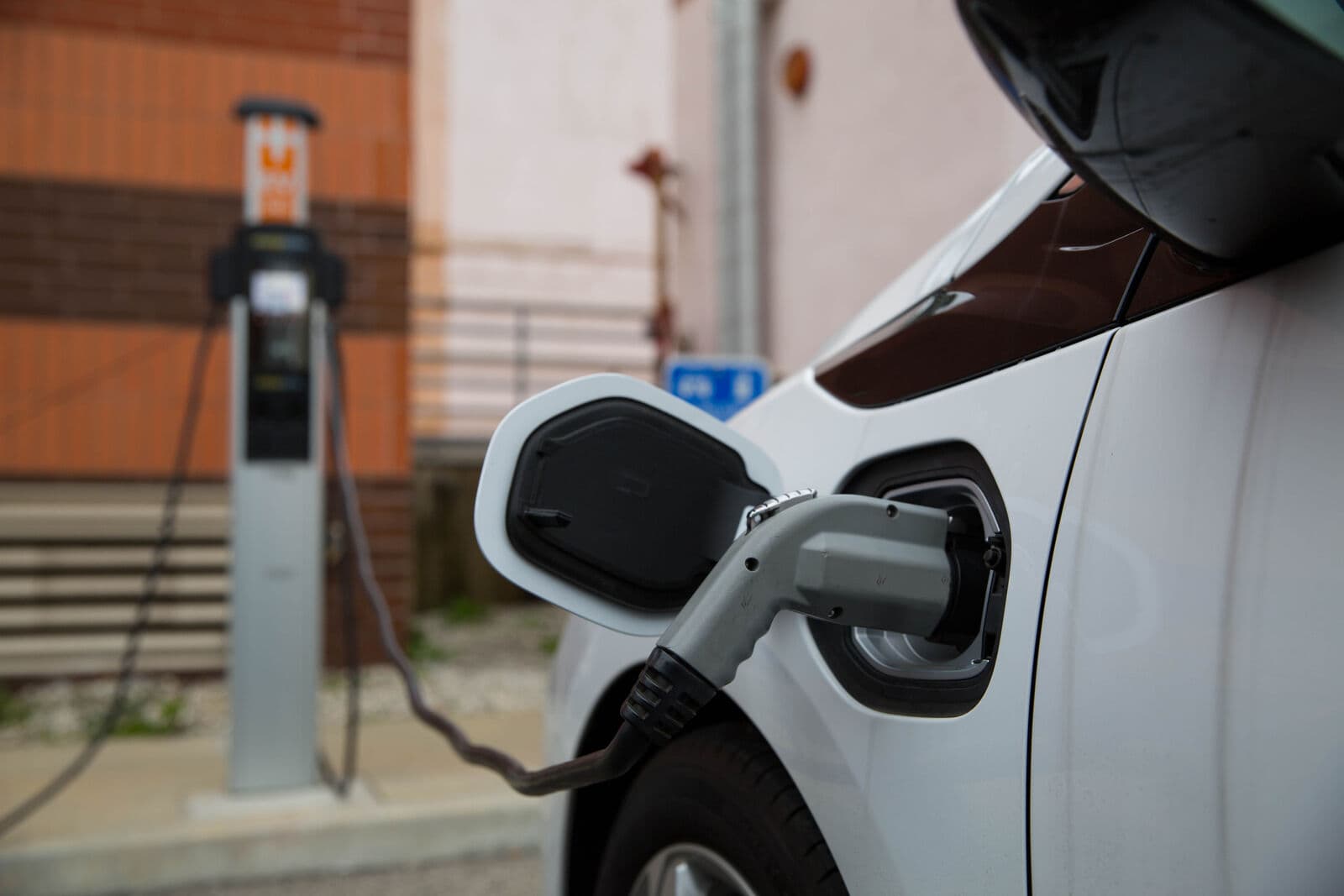Electrical Safety
Whether you’re charging your electric vehicle, setting up your home office, or wiring your outdoor entertainment space, it’s important to know about electrical safety.
Is Your Home Protected From Electrical Safety Hazards?
Did you know that cords, plugs, fuses, breakers, and uncertified appliances can put you and your family at risk? The electrical current running through your home is strong enough to cause serious injuries, ranging from shock to severe burns. So whether you’re charging your electric vehicle, setting up your home office, or wiring your outdoor entertainment space, it is important to always practice safety when working near electricity.
6 Tips to Prevent Common Household Electrical Risks
Be aware of the risks and learn more about the common causes of electric shock that may be lingering in your home:
- Check electrical outlets that have missing or broken cover plates and get them fixed. Outlet covers create an important barrier between people and exposed wiring and terminations.
- Make sure that receptacles installed in locations near a source of water—such as your bathroom, kitchen, laundry room and outside in your yard —are ground fault circuit interrupter protected (GFCIs). These quickly shut off power in the event of a ground fault to help prevent electric shock.
- Turn appliances off before unplugging them. When an electrical device is plugged in and turned on, electricity is flowing from the circuit into the appliance and back onto the circuit wiring in a continuous loop. If the appliance is unplugged while it is still on, the flow of electricity can arc, which is when the electricity literally jumps across the gap from the outlet to the plug. Large appliances such as clothes dryers, ranges, air conditioners and electric heaters can create particularly dangerous arcs when disconnected or connected
under load. - Make sure outlets within children's reach have outlet plug covers to prevent electric shock. You may want to consider having tamper-resistant receptacles installed. These spring-loaded receptacles prevent the insertion of objects when unequal pressure is applied to the receptacle’s contact points.
- Never use appliances or devices with damaged or frayed electrical cords. If you have pets or small children in the house, keep all electrical cords and power strips out of reach. Electrical shock or burns could occur if chewed on or played with.
When performing electrical work in your home, apply for a homeowner permit, as this provides an opportunity for your installation to be inspected by a safety officer to confirm your work is performed safely. If you are unsure of the work, we strongly recommend seeking the guidance of a licensed electrical contractor who can perform the job safely.
Related Information
Electrical
Apply for a permit to have electrical work conducted in your home.
Learn MoreAppliances exposed to water
Before attempting to place a piece of equipment back into service, a qualified individual must thoroughly inspect the equipment and replace any damaged components.
Learn MoreWildfire gas and electrical safety
Our tips for homeowners and businesses if evacuation or loss of power due to fire is expected.
Learn More

